
Landscape Lighting Tips to Make Your Outdoor Spaces More Enjoyable After Dark
A little bit of light can make a big difference when lighting your landscape. Because your eyes require less light outside than indoors to see light, shadow, or pattern. Start by taking a walk through your yard at night to plan outdoor lighting.
You should envision how and when your outdoor spaces will be used, then you can tailor your landscape lighting to meet those needs. These landscape lighting ideas will help you choose the right fixtures, layout, and best outside lighting.
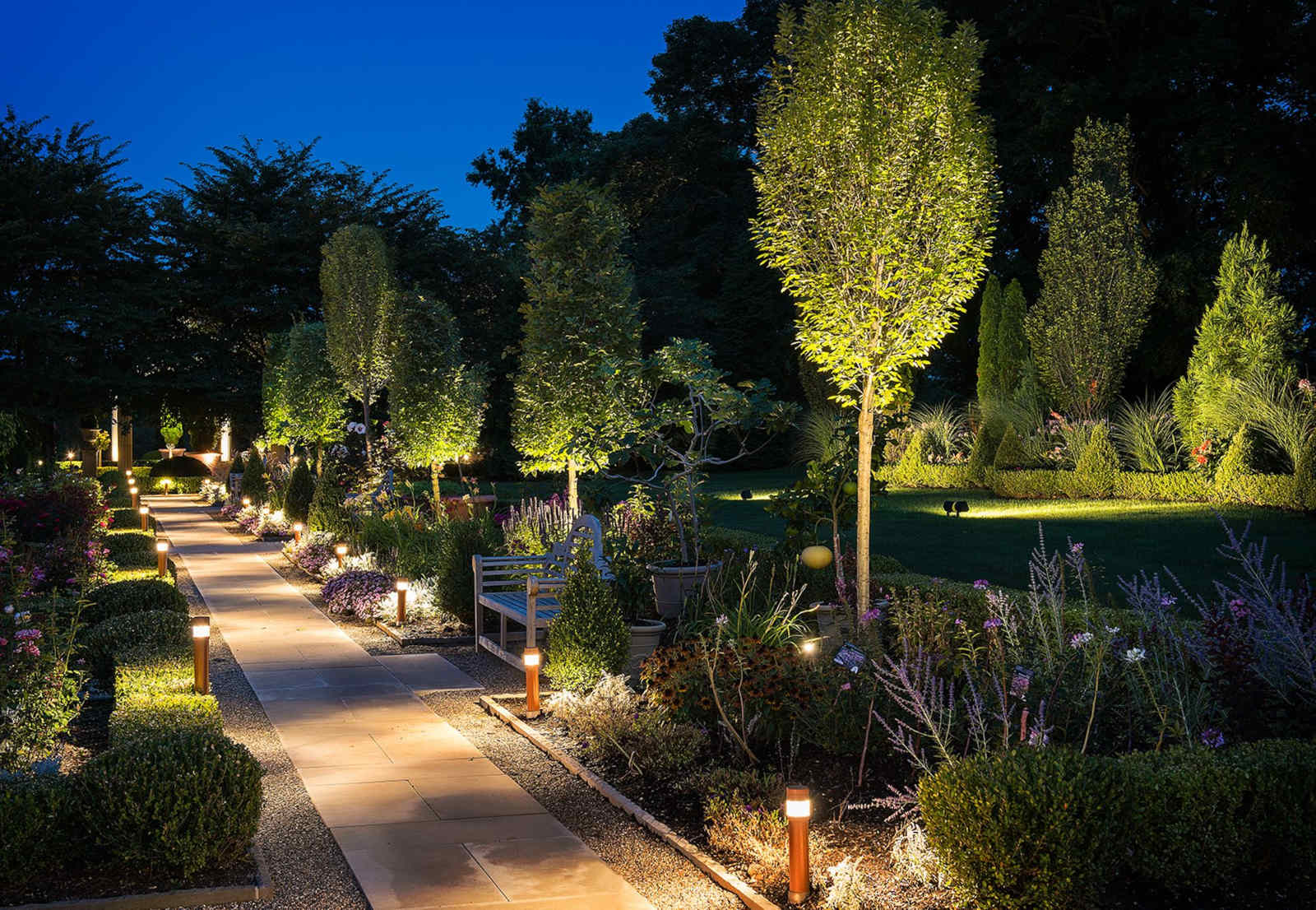
Landscape Lighting Basics
The way light is perceived during the day and at night is very different. This distinction is especially important when it comes to lighting pathways or other outdoor spaces. However, there are certain principles that apply indoors as well as outdoors regarding lighting.
First, light is the intensity or the amount of light emitted. You can find the color of a lightbulb on its packaging. It is a number that can range from 1800 kelvins, which are very red, to 7500 K which are bluish-white.
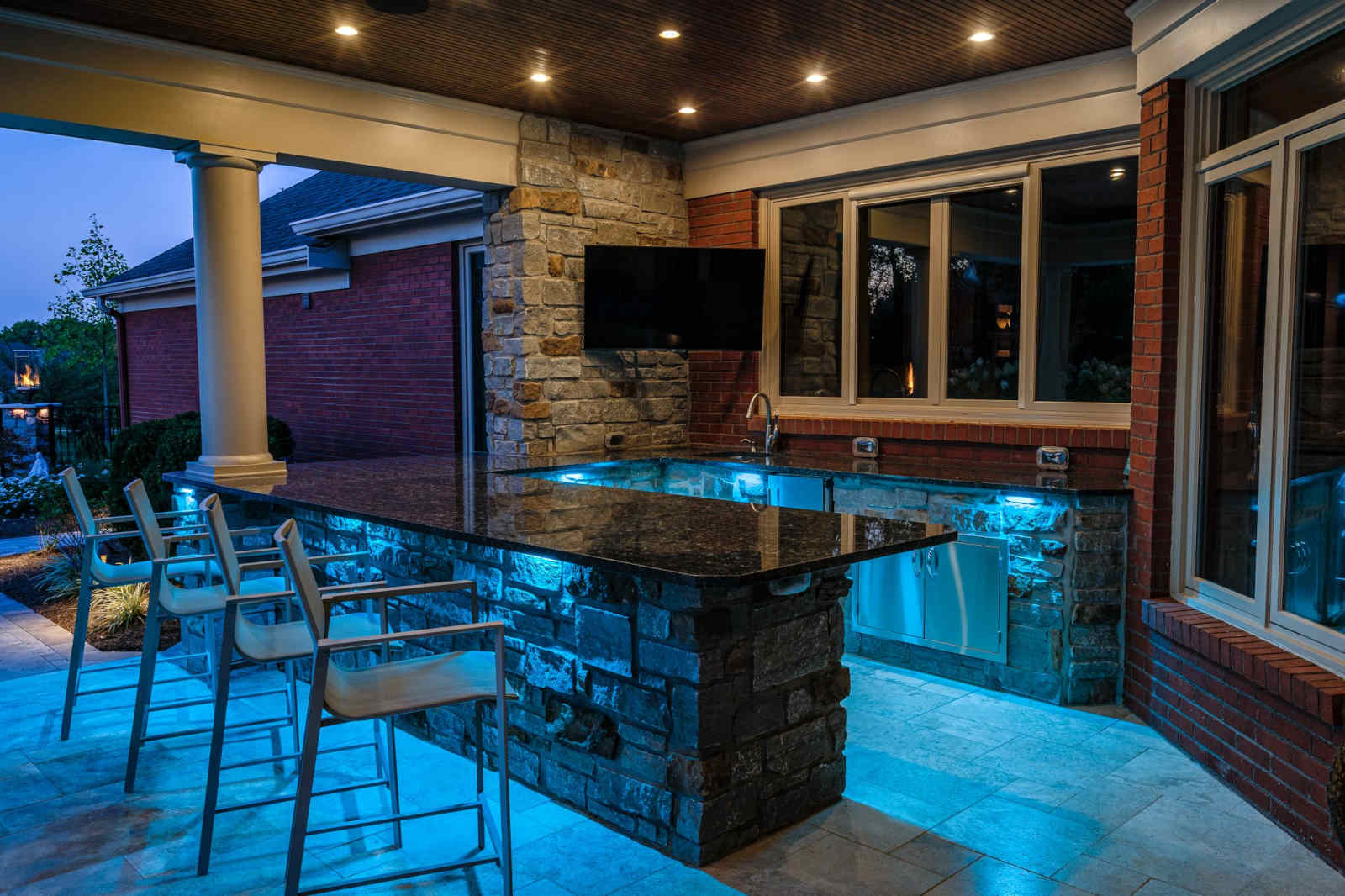
Lighting is divided into three layers depending on the function.
- Overall lighting: Provides illumination for entire rooms or spaces.
- Task lighting: Task light is used to illuminate a path.
- Accent lighting: Accent light draws attention to an object, area, or thing. This is often done with floodlights or spotlights.
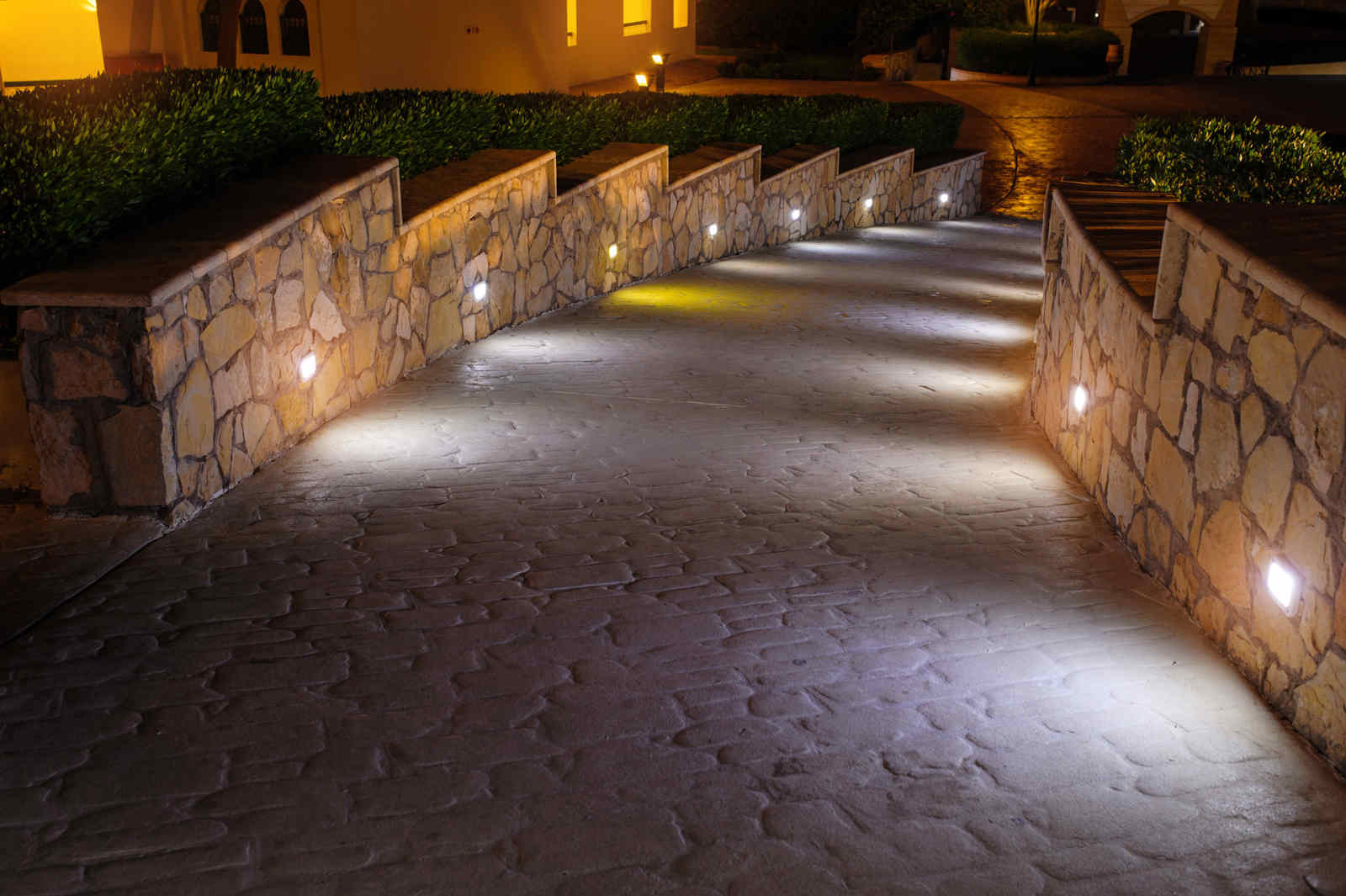
The lightbulbs can be used for outdoor lighting fixtures.
- Incandescent bulbs emit a pleasing light, but they have a shorter life span and use more electricity.
- Halogen bulbs have a longer lifespan than incandescents and are therefore more energy efficient.
- Fluorescent bulbs now come in a wider range of colors, last longer, and use less energy.
- While LED landscape lighting is more costly, their extremely long life span and low energy consumption make them a worthwhile investment.

You can easily integrate landscape lights located near buildings that have electricity into your home’s wiring. Solar landscape lighting can also be used to power outdoor lights.
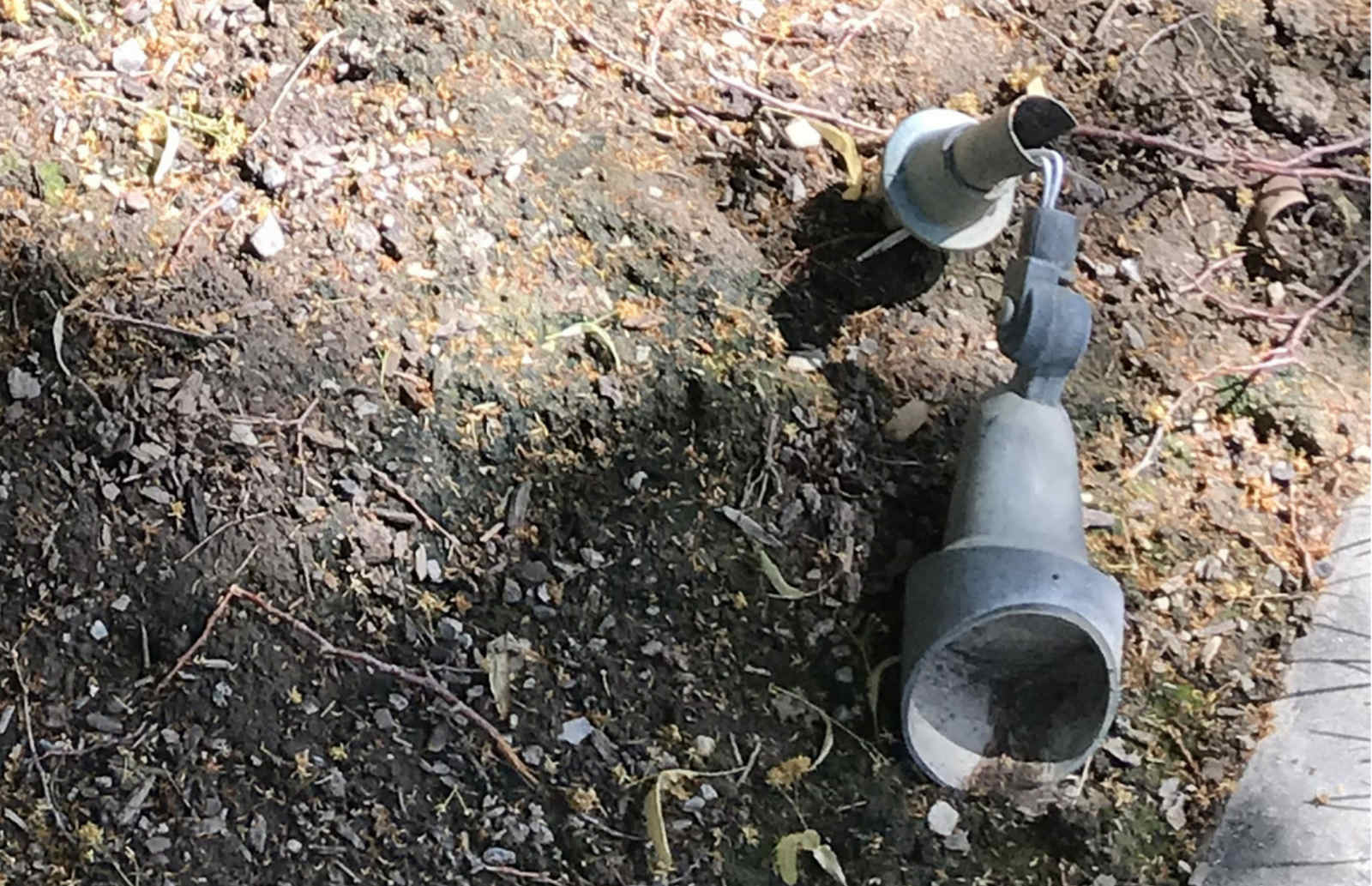
Outdoor Lighting Fixes and Issues
Outdoor lighting problems are different from indoor lighting. Reflection is less of an issue outside because surfaces are darker and don’t reflect light well. Outdoor lighting is more important than ever because of the need to avoid glare.
Glare is caused by a bright or too large light source. It can cause blinding reflections in the eyes. You should also be sensitive to indirect versus direct light when lighting outdoor landscapes.
Direct lighting, such outside as a downlight, can brighten only the object being aimed at, but it will not affect the surrounding areas. Direct light reflects off the surrounding surfaces creating a soft wash.
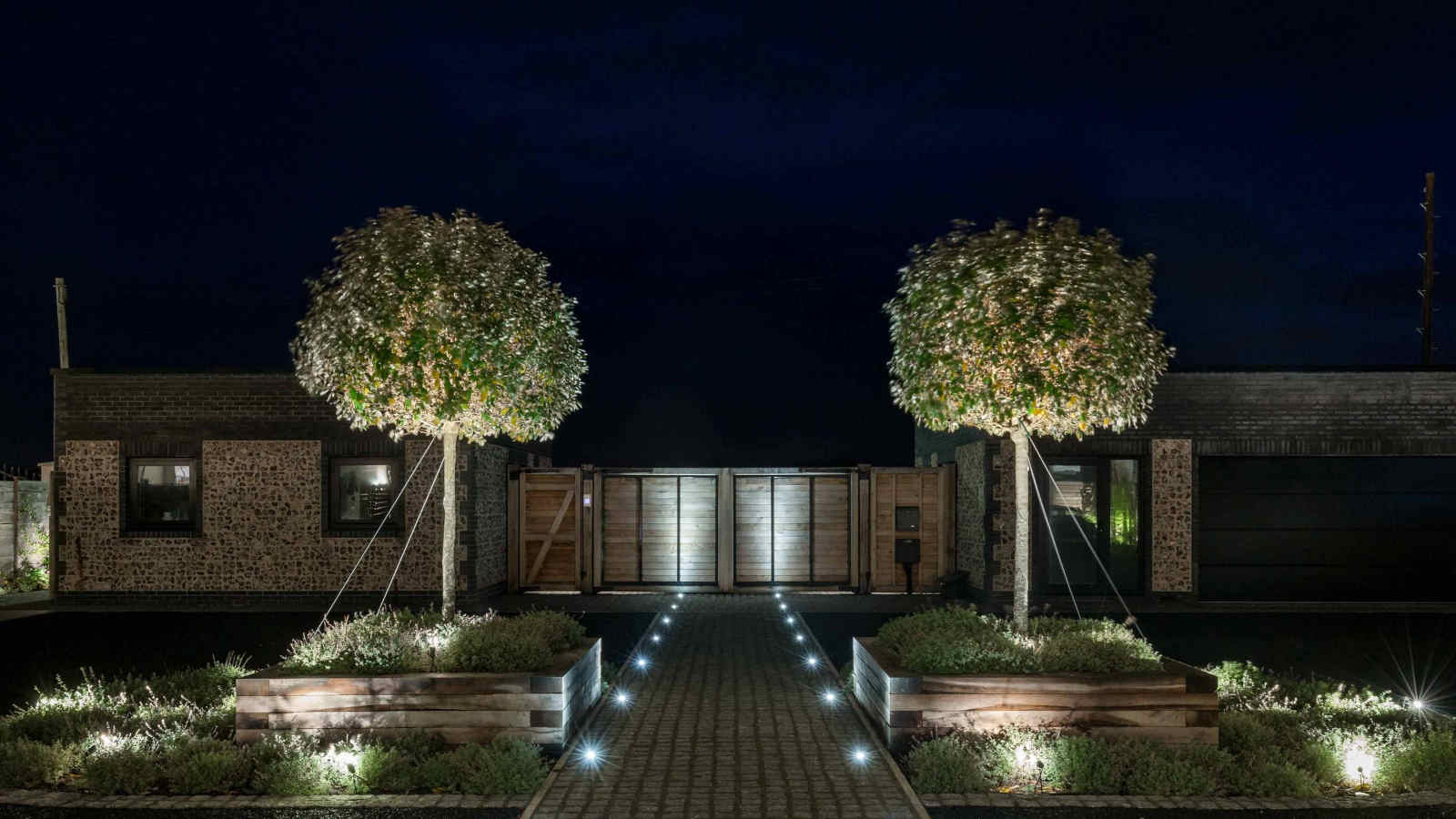
Landscape Lighting Placement Tips
Outdoor lighting is possible to be installed almost anywhere, but some locations make it a must. These are the most important areas for landscape lighting:
Paths: Well-lit paths are both welcome and necessary. They provide illumination that enhances safety and extends hospitality to visitors. Low illumination is not necessary. Downlights can prevent glare. A pathway can be lit by individual pavers.
Entry: Place lights either on each side of the door or overhead at the front, back, and side entrance doors.
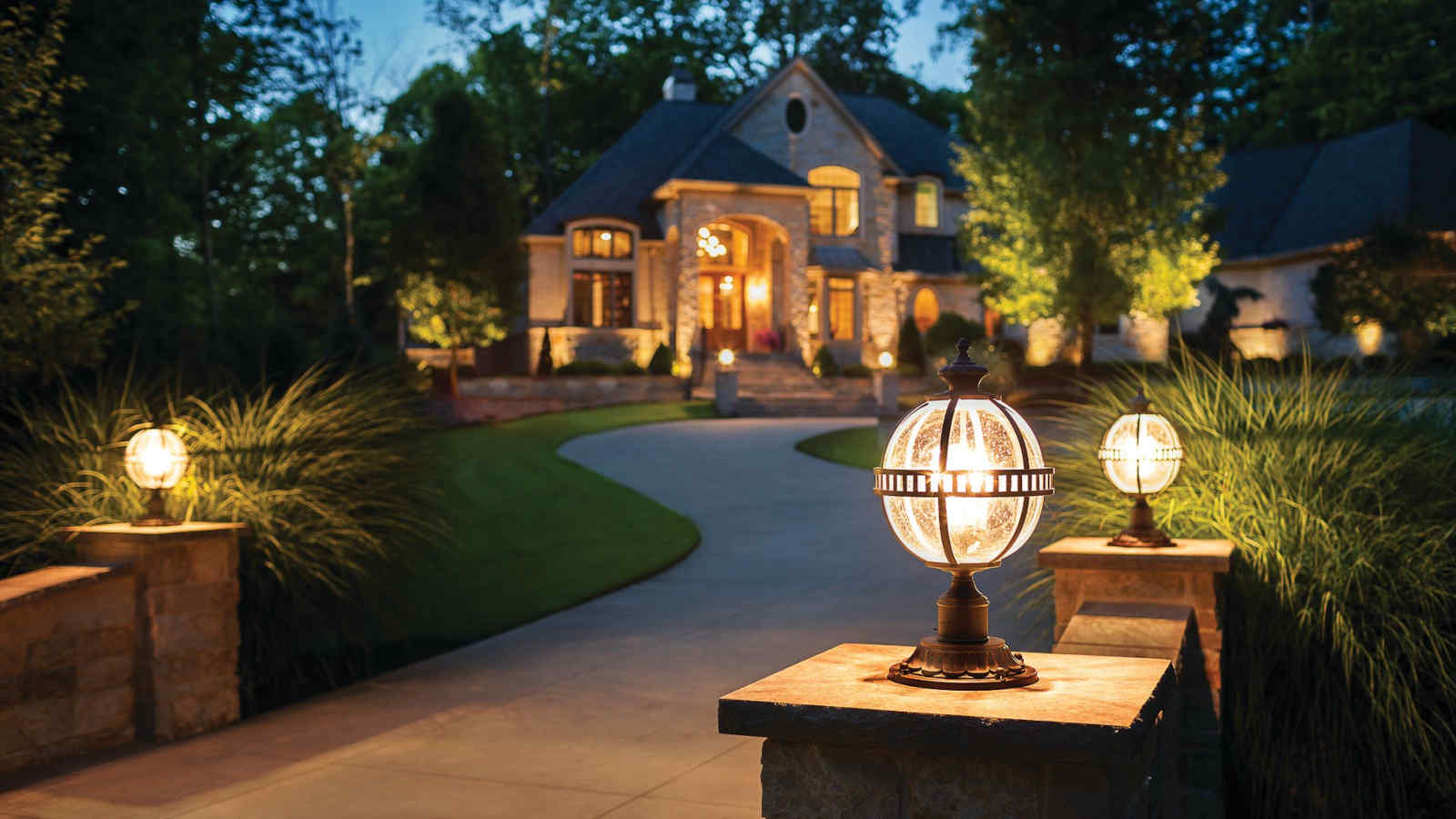
Driveway: Low voltage landscape lighting is an excellent option for a driveway. It is usually easier to install and requires less energy than other systems.
Steps: Safety Steps must be lit. The treads and risers can both be lit.
Patios and Decks: Lighting is used to highlight specific areas of a deck or patio. This includes an outdoor cooking area, grilling spot, railings, and seating areas. For indirect lighting, uplighting can be done on decks or patios. This is more tough than it looks.
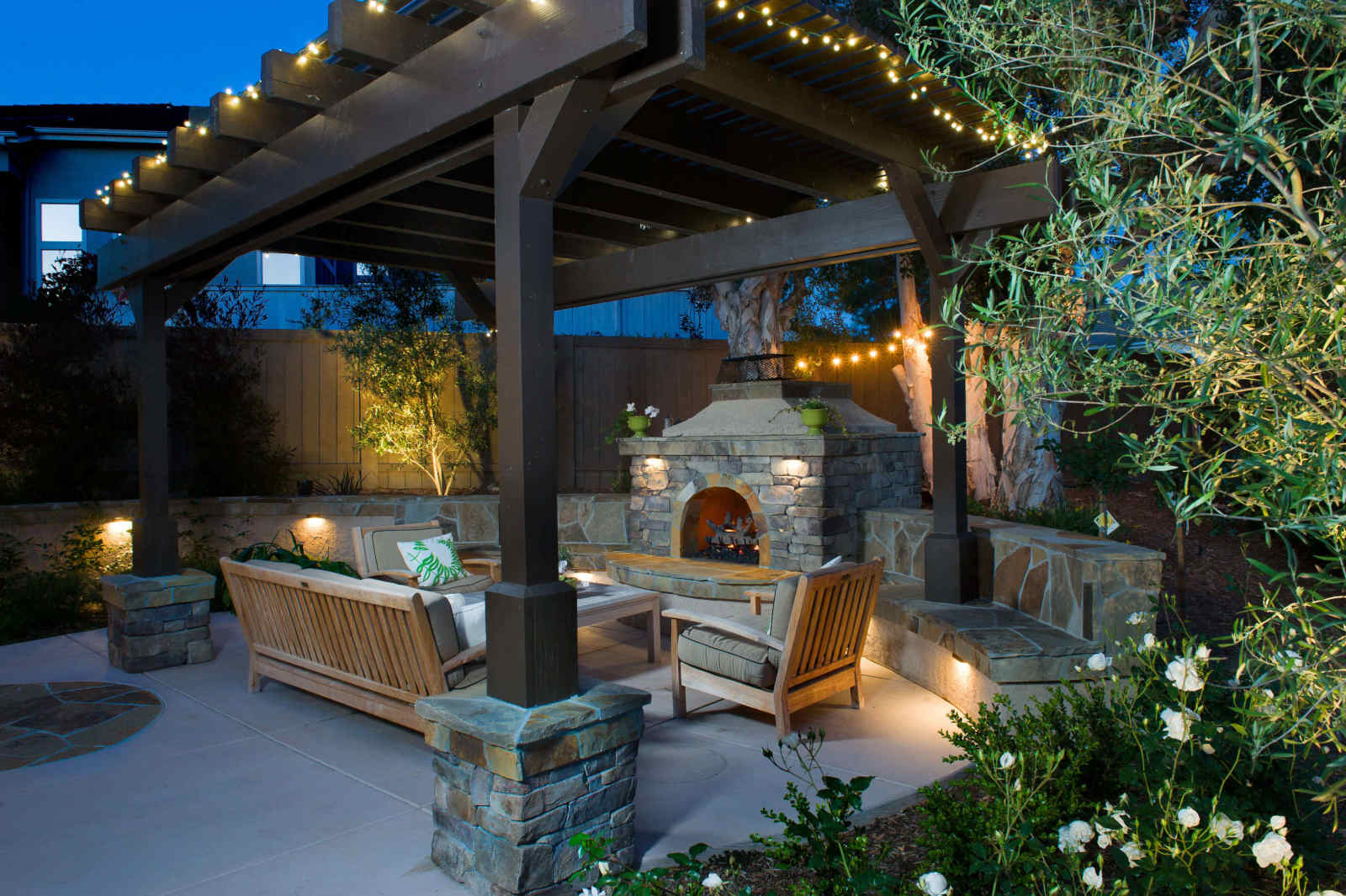
Pergolas, Gazebos, and Trellises: Lighting is a great way to highlight an architectural element such as arbors or pergolas in the outdoor environment.
Architectural Features: Outdoor lighting can be used to highlight walls, such as by washing them or grazing them. If a broad beam of light is directed at a wall, from just a few feet away it creates a wash. Both can be used to accent plants nearby.
There are many landscape lighting fixtures available, including wall fixtures and ceiling fans. Any fixture that is used outdoors must be rated for “UL Wet Location” use.

Outdoor Light Pollution
Unwanted light pollution can be caused by too much or poorly placed lighting. This light pollution causes indoor lights to shine into rooms, obscure the view of the stars, blinds people temporarily, and costs energy and money. These are some tips to reduce light pollution caused by landscape lighting.

- Pay attention to the position lights at night.
- Use shield bulbs. Fixtures that have reflectors or shielding can concentrate light exactly where it is needed.
- Reduce wastage. A higher wattage bulb will produce harsher light, but it won’t improve aesthetics or increase safety. Low-wattage bulbs can provide sufficient illumination.
- Control the light. Separately zoned lighting with dimmers or timers will turn on or off lights when they are needed.



